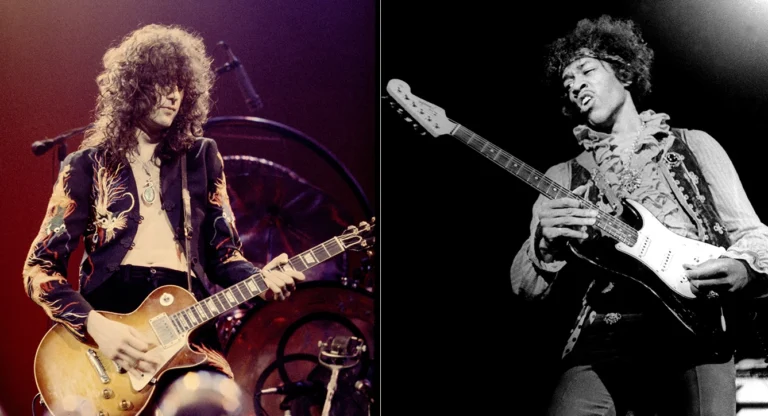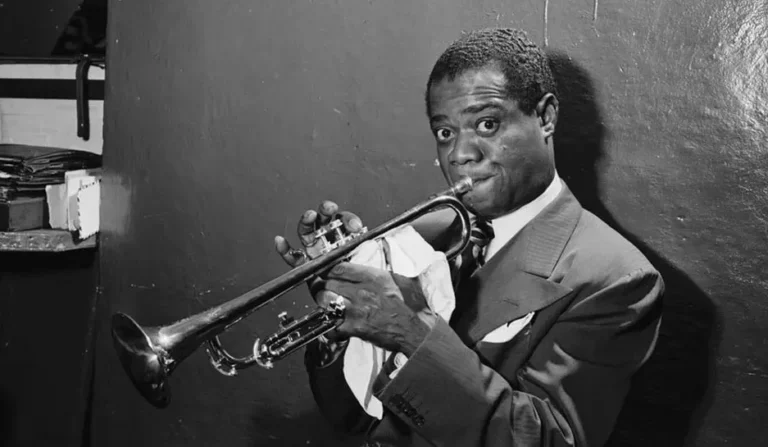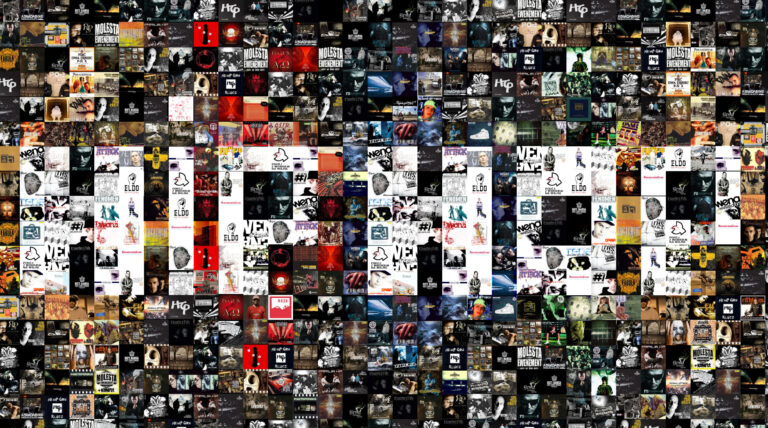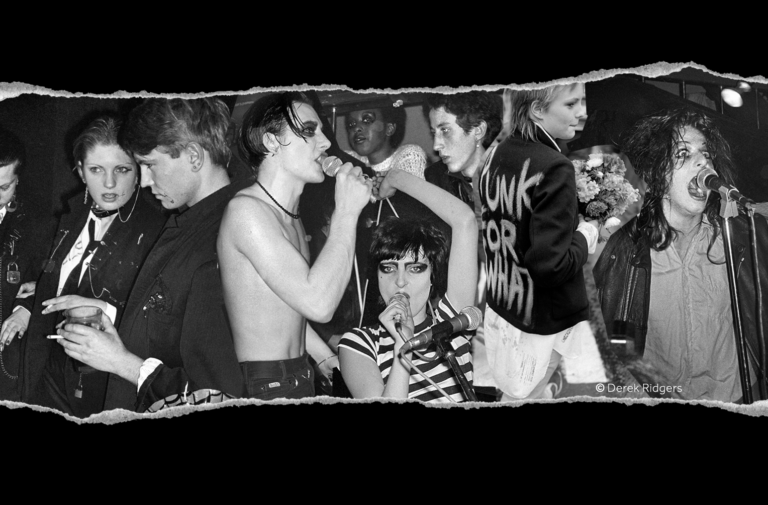Madonna: Examining the pop icon’s evolution as an artist
Madonna’s rise to fame in the music industry began in the early 1980s. Born in Bay City, Michigan, Madonna moved to New York City to pursue a career in dance before signing with Sire Records as a singer. Her self-titled debut album, Madonna, released in 1983, yielded several dance singles, including “Borderline” and “Lucky Star”. However, it was her second album, Like a Virgin, released in 1984, that catapulted Madonna to international fame. The album’s title track became her first number-one single on the Billboard Hot 100 chart, and the album itself became her first to reach the top of the Billboard 200 chart. With her unique blend of pop and dance music, Madonna quickly established herself as a rising star in the music industry.
Madonna’s breakthrough album and singles were just the beginning of her journey towards becoming a pop icon. Throughout the 1980s and 1990s, she continued to innovate and push boundaries with her music and fashion choices. Her 1986 album, True Blue, spawned several hit singles, including “Papa Don’t Preach” and “Open Your Heart”. In 1990, Madonna released her greatest hits album, The Immaculate Collection, which featured some of her most iconic songs, such as “Like a Prayer” and “Vogue”. Madonna’s music videos, which often featured provocative imagery and controversial themes, also contributed to her establishment as a pop icon.
Madonna’s impact on the music industry and pop culture extends far beyond her early career and rise to fame. She has continued to release successful albums and singles, including 2019’s Madame X, which debuted at number two on the Billboard 200 chart. Madonna’s influence can also be seen in the work of other artists, such as Lady Gaga and Beyoncé, who have cited her as a major inspiration. Madonna’s evolution as an artist has been marked by her willingness to take risks and experiment with different genres and styles, as seen in her more recent work incorporating Latin and world music influences. As such, Madonna remains a powerful force in the music industry and a cultural icon.
Madonna’s artistic evolution and experimentation
Madonna, the undisputed queen of pop music, has undergone a significant artistic evolution throughout her four-decade-long career. One of the key aspects of her evolution has been her exploration of different music genres.
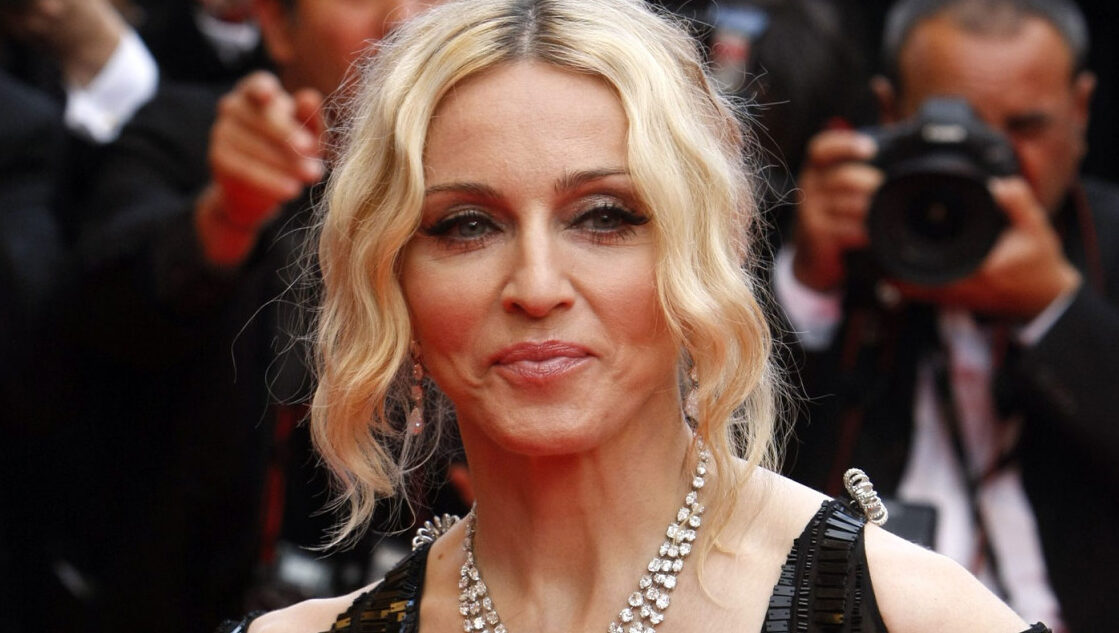
Madonna’s style of music can be classified as pop, dance, electronic, and occasionally rock, and her sound has evolved significantly over the years. She is credited with popularizing various genres among mainstream audiences, including dance-pop, electro-pop, and even Latin pop. Madonna’s willingness to experiment with different genres has allowed her to stay relevant and maintain her status as a pop icon.
Madonna has also incorporated visual art and fashion into her music and performances. She has collaborated with numerous designers and artists throughout her career, including Jean-Paul Gaultier, Keith Haring, and Steven Klein, to name a few. Her use of fashion and visual art has helped to create a unique and iconic image for herself, and has also influenced popular culture and fashion trends. Madonna’s ability to seamlessly blend music, fashion, and visual art has made her a true multimedia artist and a cultural icon.
Another key aspect of Madonna’s artistic evolution has been her use of shock value and controversy in her music videos. She has consistently pushed boundaries and challenged societal norms through her provocative music videos, which have tackled topics such as sexuality, religion, and gender roles. Madonna’s music videos have helped to redefine the modern music video and have paved the way for future artists to use the medium as a form of artistic expression. While some may criticize Madonna’s use of shock value, it is undeniable that she has had a significant impact on popular culture and has helped to shape the music industry as we know it today.
Madonna’s legacy and impact on pop culture
Madonna’s impact on pop culture is undeniable, as she has influenced future pop stars and the music industry as a whole. Madonna’s unique style, attitude, and music have inspired countless artists and continue to do so today. She has consistently pushed boundaries in her work, challenging societal norms and expectations. Madonna’s influence has been recognized by many, including Rolling Stone magazine, which named her the “Queen of Pop” and one of the most influential artists of all time. Her impact on the music industry has been significant, and her legacy continues to shape the industry today.
Madonna’s cultural significance and feminist themes in her work have also contributed to her impact on pop culture. She has used her platform to address social and political issues, including gender inequality and sexuality.
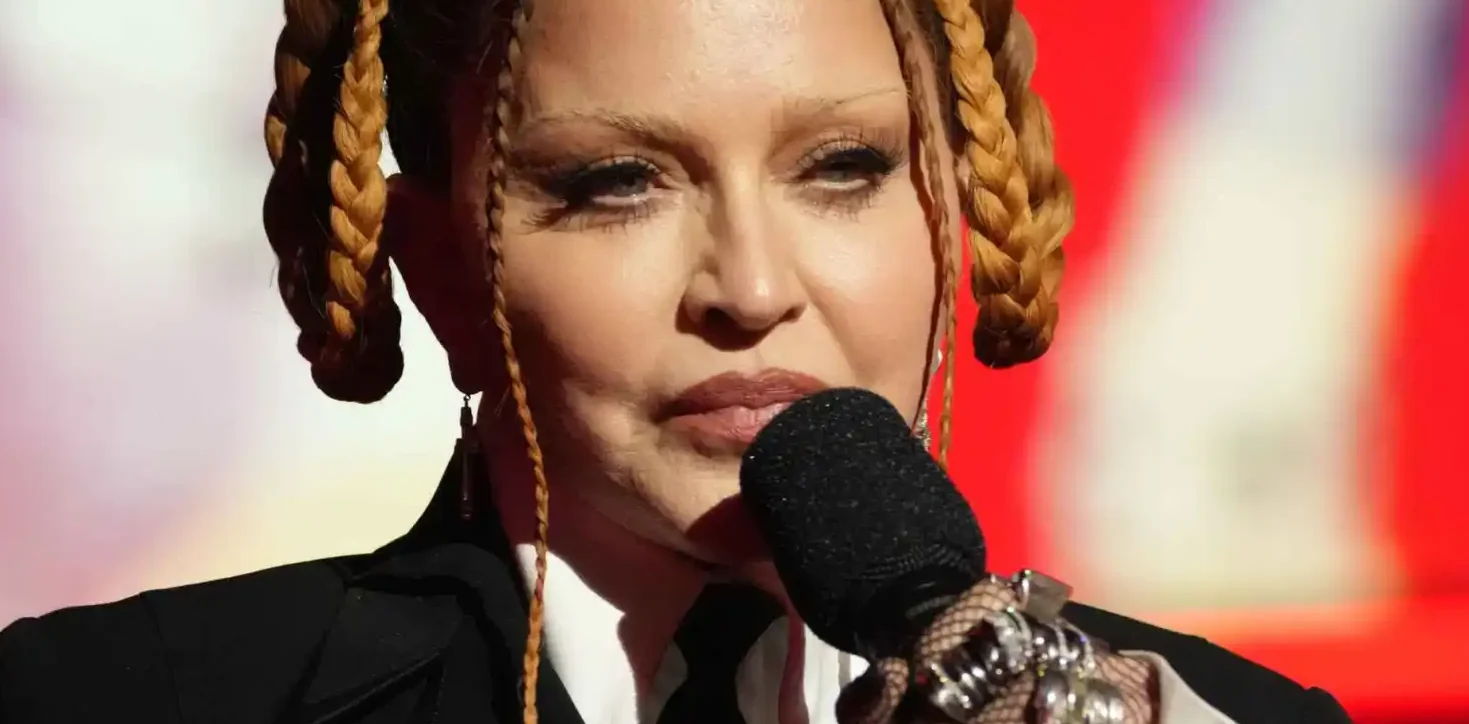
Madonna’s work has been praised for its feminist themes, which have inspired and empowered women around the world. Her music videos and live performances have often been provocative, challenging societal norms and expectations. Madonna’s influence on fashion and style has also been significant, as she has consistently pushed boundaries and set trends.
Madonna‘s ongoing relevance and evolution as an artist have allowed her to maintain her status as a pop icon. She has continued to release music and tour, adapting to changing trends and styles while staying true to her unique vision. Madonna’s ability to reinvent herself and stay relevant has been a key factor in her longevity as an artist. Her impact on pop culture is undeniable, and her legacy as a boundary-pushing artist and feminist icon will continue to inspire future generations.
